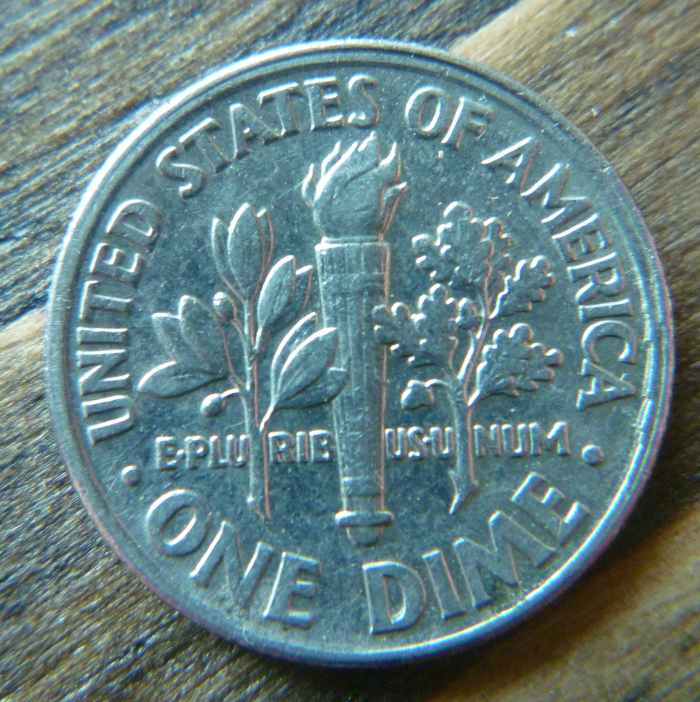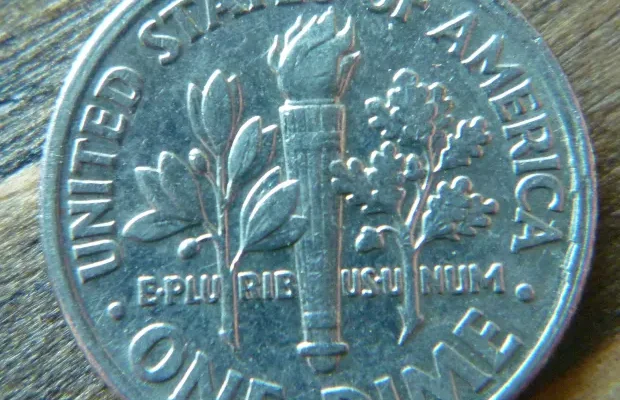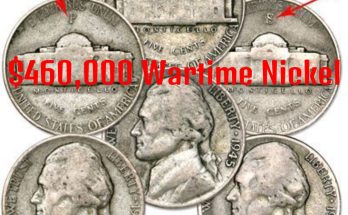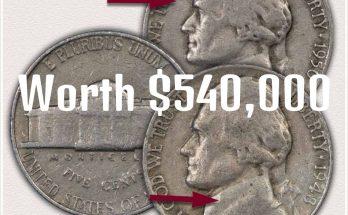Valuable Dimes
It’s fairly easy to say that Roosevelt dimes are one of America’s most forgotten coins. With billions upon billions produced, these small coins pass through thousands of hands each day. Sadly, these unique little gems are shoved into pockets and coin pouches without so much as even a glance at the actual coins. They’re almost too common to be noticed!
Don’t let commonality fool you, though. Utilizing a keen eye, there are many valuable Roosevelt dimes that can be found in circulation. In this article, we’ll discuss the history of the Roosevelt dime, common values for key dates, and go over a complex valuable dime error list! Keep reading to learn more.
History of the Roosevelt Dime
The first year of mintage for the Roosevelt dime was in 1946. At this time in history, United States coinage was shifting towards designs that depicted and honored previous U.S. Presidents. Featuring Franklin D. Roosevelt, these dimes became the official replacement for the previously minted mercury dimes. Below, you’ll find a few key notes about the history of the Roosevelt dime.
- Early in its production (1946-1964), Roosevelt Dimes were minted with a composition containing 90% silver.
- The designer of the dime is John R. Sinnock. His initials can be found on the lower part of Roosevelt’s neckline.
- Of all the modern coins in circulation, the Roosevelt Dime stands as the only coin to remain relatively unchanged. Whereas every other denomination has seen significant design changes over the years, the Roosevelt Dime design has not changed since 1946. The only minor change to these dimes was the elimination of silver in its composition. This change occurred in 1965.
Composition and Melt Value
If you’re interested in investing in silver but have a tight budget to work with, early Roosevelt Dimes could make for a great starting place. The combination of their 90% silver composition and low weight helps keep purchasing costs at a very reasonable rate.
1946-1964
- Weight–2.5 grams
- Metal composition–90% silver, 10% copper
- Melt value–approx. $2.89
1965-Present
- Weight–2.27 grams
- Metal composition–75% copper, 25% nickel
- Melt value–approx. $0.02
*You’ll be able to distinguish Silver Roosevelt Dimes from Nickel Clad dimes by their subtle color difference and distinctive “clink” against other changes.
Value of Roosevelt Dimes
Besides the silver value of the pre-1965 mintages, it’s unfortunate to report that there are very few regular-minted Roosevelt Dimes that are worth more than their melt values. However, throughout the years, there have been a handful of scarce mintage years. These Roosevelt Dimes are known as Key Dates, and their values are listed below.

Proof dimes, like the one above, are generally worth more than normal minted dimes, but they can only be purchased with proof Sets. You won’t find these in circulation.
- 1949S–This particular mintage is considered to be the only true key date Roosevelt dime. The value of a 1949S Roosevelt dime ranges from $10 in EF condition to $200 for mint state specimens.
- 1949–Semi Key date. Values range from slightly above melt to $30 in mint state condition.
- 1951S–Semi key date. Values range from slightly above melt up to $25 for coins in mint state condition.
- 1952S–Semi key date. Values range from slightly above melt up to $25 for specimens in mint state condition.
Roosevelt Dime Errors List
When seeking value in the Roosevelt dime collection, one must pay close attention to error coins. Rare Roosevelt dime errors will definitely pull the highest premiums! Since many Roosevelt dime errors can be found in circulation, taking that extra second or two to scan through your pocket change might just pay off!
Nationally recognized Roosevelt dime errors—These Roosevelt dime error coins were released directly into circulation. With a lot of luck, you still may be able to find these coins floating around out there!
- 1982P–This recognized mint error coin missing the P mint mark is considered to be the most valuable Roosevelt dime ever to be released into circulation. With only 15,000 believed to have escaped, values for these dimes can sometimes exceed $500 for specimens in mint state condition.
- 1964D–This recognized mint error dime exhibits double striking of the die on the reverse side. It is known as the 1964D double die reverse error. Coins range from around $10 in Fine condition to around $75 in mint state.
Roosevelt dime proof errors—There are several different Roosevelt proof dimes that contain errors. These coins were minted at the San Francisco mint and were never released directly into circulation. They are found in old proof sets.
- 1968S—A few 1968 Roosevelt proof dimes produced at the San Francisco mint were missing their mint marks. Depending on the condition of the coin, values have been known to exceed $20,000.
- 1970S—Again missing a mint mark, these San Francisco minted dimes can reach values of $500+.
- 1975S—Keeping with the trend, some of the 1975 proof dimes were also missing a mint mark. Values for these coins are unknown as only a couple of coins featuring this error exist.
- 1983S—Another missing mint mark year, these proof dimes can realize values of $1,500+.
Miscellaneous dime errors—Every year, a handful of dimes containing a wide range of errors will escape from the mint. They often contain one of the following traits.

1995 Roosevelt dime struck slightly off center. The off center strike can be observed near the top of the coin where there are two rim marks.
Coin values are directly based on their grade or condition. It’s important to understand the grading scale in order to properly place a value on your Roosevelt dime.
- Clipped Planchet—Caused by a misfeed in the minting process, clipped planchet dimes will exhibit a missing section (often elliptical shaped). Clipped planchet dimes in mint state condition can fetch $30 on a good day!
- Blank Planchet—These unique dimes escape the mint without ever getting struck with a design. Blank on both sides, these dime errors usually only reach values of a couple of dollars.
- Off-Center Strike—Off-center strike coins feature an obverse or reverse image that did not align properly when getting struck. These coins are often misshapen and show areas of the blank planchet. Values depend on the degree of the off-center strike but can reach $10-$20 per coin.
- Broadstrike—Roosevelt dimes that exhibit a broad strike error will always have a smooth rim. This error is caused when the collar die fails during striking. The images struck onto the obverse and reverse will often “expand” or stretch out to create a slightly misshapen coin. Values for this dime error lay in the $5 – $10 range.
- Missing Clad Layer—Occurring during the minting process, a few dime planchets will be produced that contains a missing nickel-clad layer. These dimes expose the copper core on either the obverse or reverse side of the coin. Values for these coins usually top out at around $20.
While most of the value contained in the Roosevelt dime collection lies with the error varieties, it doesn’t mean that they aren’t still fun to collect. In fact, the low collecting pressure put on Roosevelt dimes means that they are a great way to inexpensively put together an entire collection of U.S. coinage! As silver prices continue to rise, you may have to purchase the early years of mintage, but the rest of the Roosevelt dime collection should be easy to find in circulation. Overall, Roosevelt dimes are a great way for beginner collectors to get “their foot in the door”. Thanks for reading this guide on Roosevelt Dimes and valuable dime errors!






